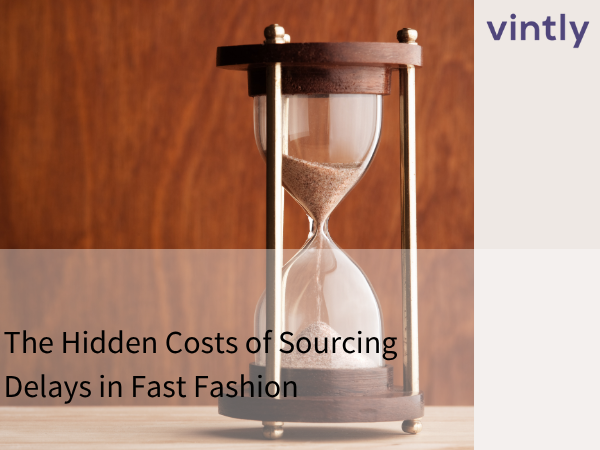At Vintly, we work with customers in different industries with varying challenges. However, although they may seem worlds apart from a first look, when it comes to supply chain management they actually have more things in common than what separates them. Below, we list 4 key points related to supply chain strategy that are applicable no matter what industry you operate in.
First of all...
A supply chain strategy is a business blueprint composed of processes and practices implemented to support the operational objectives of a supply chain. These strategies help direct and optimise the flow of material and information among customers, suppliers, and external partners to create an efficient and cost-effective supply chain. In this article, we will define simple steps to establish a supply chain strategy, the benefits of developing and implementing one, and the idiosyncratic steps to creating and executing a successful supply chain strategy.
How to set a successful strategy
Identify Goals and Objectives
The first step in establishing a supply chain plan is to identify the desired outcomes. Examples of this include reduced costs or lead time, improved delivery accuracy, and better risk management. This can be done by assessing data, such as customer and supplier portfolio, market analysis, and cost analysis. Additionally, key performance metrics should be established to measure the trajectory of your supply chain. Your goals and objectives should also align with the company’s overall strategy. Make sure to not take on too much right away, overloading with too many goals at once can result in the opposite: inefficiency. As Gartner VP analyst Pierfrancesco Manenti says; “The process can’t be too complex and time-consuming or CSCOs risk losing sight of their overall strategic ambitions.”
Assess the Current Supply Chain Environment
The goal of this step is to analyse the current environment to understand the resources and capabilities available. This includes reviewing existing technologies, measuring current performance against key metrics, assessing workforce skills and training, assessing external market conditions, and investigating potential strategic partners.
Develop and Implement the Supply Chain Strategies
This step involves selecting and integrating the appropriate technology, managing the partners involved, and setting and monitoring benchmarks for performance. This also involves ensuring the supply chain is aligned with the company’s objectives, and re-evaluating those objectives whenever necessary. Another takeaway is that Implementing and performing on set strategies will further strengthen your supply chain resilience.
Monitor and Measure Performance
Performance should be evaluated against metrics and goals established in the first step to ensure the supply chain is meeting expectations. This can be done through regular data analysis, emphasizing short-term goals, and establishing methods to measure
TO CONCLUDE
Supply chains require deliberative and considerate planning and design. With the right strategies in place, supply chains can be swift, cost-effective, and adaptive, meeting the needs of both customers and suppliers alike. To target the objectives of a supply chain, it is important to understand the current environment, select the right strategy and partnerships, and measure and monitor the progress. Identifying these objectives and strategies is essential for a successful supply chain.
.png)


